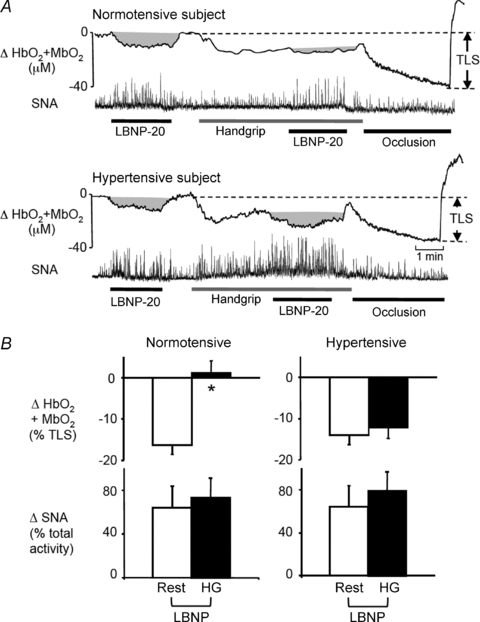Figure 1. Functional sympatholysis in normotensive and hypertensive subjects.

A, original recordings of forearm muscle oxygenation (HbO2+MbO2) and SNA responses to lower body negative pressure (LBNP) applied at rest and during rhythmic handgrip. In both subjects, LBNP evoked similar increases in SNA at rest and during handgrip exercise. In the normotensive subject, this increase in SNA produced a large decrease in muscle oxygenation at rest and an attenuated decrease in oxygenation during handgrip, indicating functional sympatholysis. In the hypertensive subject, the LBNP-induced increases in SNA evoked similar decreases in muscle oxygenation at rest and during handgrip, indicating impaired sympatholysis. Complete forearm vascular occlusion after the exercise produced the maximal decrease in muscle oxygenation that was used to determine the total labile signal (TLS). B, summary data showing the changes in muscle oxygenation and SNA in response to LBNP at rest and during handgrip in normotensive (n= 15) and hypertensive (n= 13) subjects. *P < 0.05 vs. rest.
